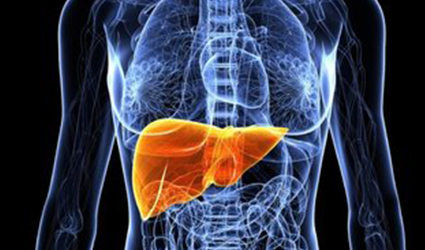3D Human Liver Implant – The Need of the Hour
August 29, 2018
Source: MedicalXpress
 1,044
1,044

There is an enormous rise in liver diseases among people in the UK and as a result, it is considered to be the fifth most serious health issue. At the same time, mortality rates also increase due to long-term waiting for liver transplantation. Hence it is the need of the hour to develop an alternative solution.
Scientists from the Medical Research Council (MRC) Centre for Regenerative Medicine at the University of Edinburgh have reported the transformation of stem cells into 3-D human liver tissue by growing them in a dish for one year. The implantation of this liver tissue in humans can help in improving liver function. These human liver implants would also be helpful to study liver diseases and conduct clinical trials. This work was published in the journal named Archives of Toxicology.
Professor David Hay, the lead investigator from the MRC Centre, said "Bringing together biologists, chemists and engineers, helped us to develop our new polymer scaffolds for lab-grown liver cells and we're excited that the implants successfully aided liver function. We hope implants like these may one day be able to help people with failing livers. Placing the scaffolds under the skin has the big advantage of being less invasive and potentially safer than inserting tissue grafts into the abdomen."
Dr. Rob Buckle, the Chief Science Officer from MRC, said "This research brings us a step closer to harnessing the potential of stem cell 'reprogramming' technologies to provide renewable supplies of liver tissue products for transplantation. Showing that such stem-cell derived tissue is able to reproduce aspects of liver function in the lab also offers real potential to improve the testing of new drugs where more accurate models of human tissue are needed."
By DduRead more on
- Things to Know before Buying Newborn Baby Incubators March 31, 2022
- Highly Resistant Food Poisoning Bug Responds to Antibiotics September 6, 2018
- Smartphone Based Diagnosis to Identify Mosquitoes Transmitting Infection September 5, 2018
- 3 Natural Plant Extracts Manufacturers on Drugdu.com September 4, 2018
- Shenzhen Chuanggan – Health Assessment Facility Supplier September 4, 2018
your submission has already been received.
OK
Subscribe
Please enter a valid Email address!
Submit
The most relevant industry news & insight will be sent to you every two weeks.



